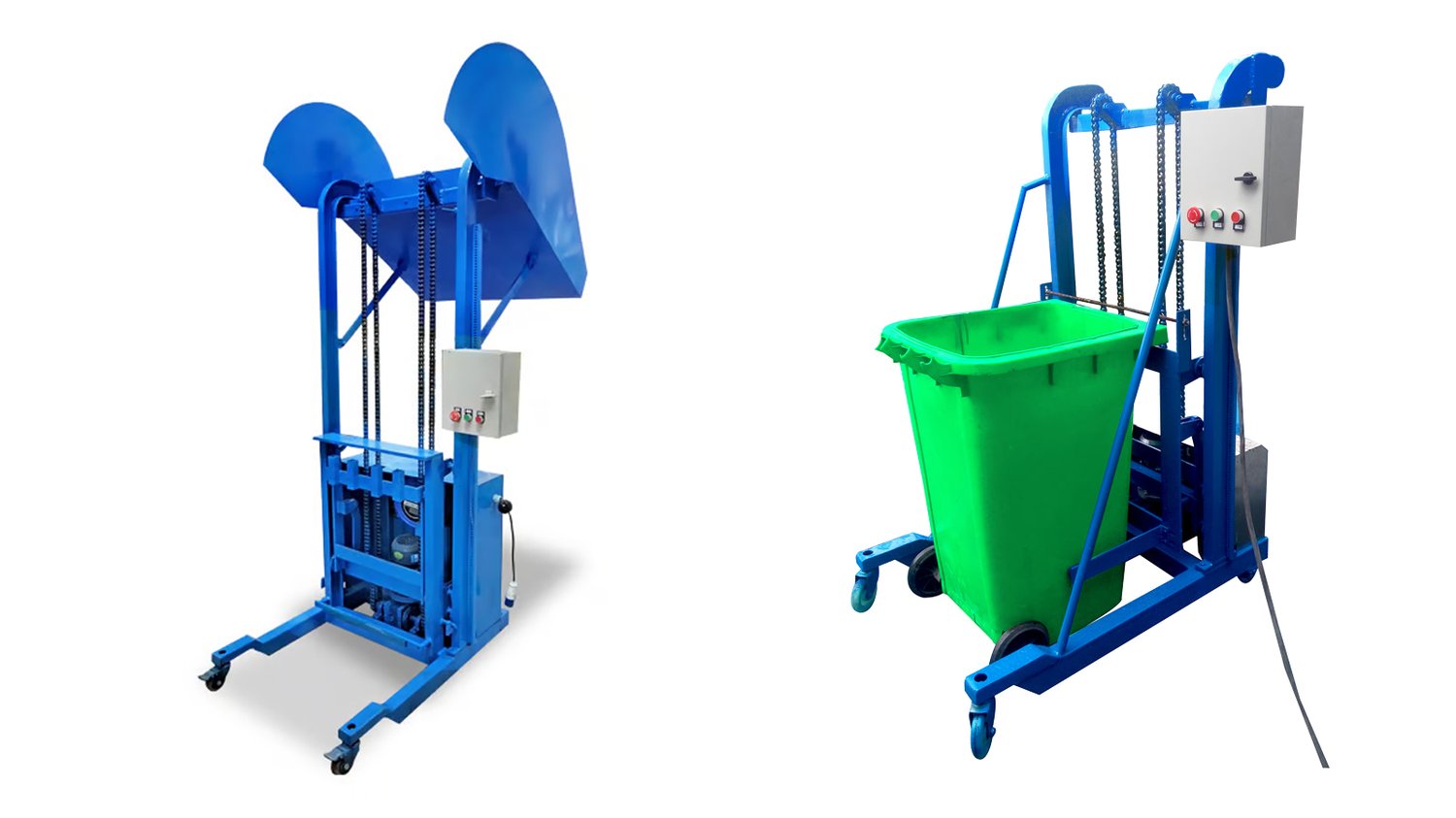Robust hoist construction refers to the comprehensive design and engineering process focused on creating hoisting equipment that delivers superior strength, durability, and reliability. These hoists are built to withstand heavy loads and harsh conditions, ensuring safety and performance in industrial lifting applications. The foundation of robust hoist construction lies in using high-quality materials and precision manufacturing techniques to achieve a resilient structure capable of enduring continuous operation.
Materials Used in Robust Hoist Construction
Integral to robust hoist construction is the selection of materials such as high-grade steel alloys, heat-treated components, and corrosion-resistant finishes. These materials contribute to enhanced load-bearing capacity and prolonged equipment life. For instance, using alloy steel in load chains and hooks improves tensile strength, while coatings like zinc plating protect against rust and wear. Material robustness directly influences the hoist’s ability to function safely over extended periods.
Design Principles for Robust Hoists
Design plays a pivotal role in robust hoist construction. Engineers incorporate safety factors, ergonomic handling, and compactness while ensuring maximum load efficiency. Components such as gears, motors, and braking systems are designed with redundancies and optimized tolerances to avoid failures. Enhanced design also addresses ease of maintenance, reducing downtime and extending the hoist’s lifespan in operational environments.
Load Capacity and Durability
One of the key markers of robust hoist construction is high load capacity without compromising durability. Robust hoists are tested rigorously under load conditions exceeding their rated limits to certify strength and operational integrity. This deliberate overengineering prevents mechanical breakdowns and enhances safety, especially in demanding industrial sectors such as construction, manufacturing, and mining.
Safety Features in Robust Hoist Construction
Robust hoist construction integrates advanced safety features including overload protection, automatic braking systems, emergency stop functions, and fail-safe mechanisms. These systems are designed to prevent accidents caused by mechanical failure or human error. Comprehensive testing and certification ensure that hoists comply with industry safety standards and regulations, thereby minimizing workplace risks.
Technological Innovations in Hoist Manufacturing
Modern robust hoist construction incorporates technological advancements such as IoT sensors, remote control operation, and intelligent load monitoring. These innovations improve operational efficiency by providing real-time feedback on hoist conditions, load weight, and performance metrics. Such technologies enable preventive maintenance, reducing unexpected failures and extending the service life of hoisting equipment.
Environmental Impact Considerations
Robust hoist construction today also accounts for environmental sustainability by focusing on energy-efficient motors, recyclable materials, and eco-friendly manufacturing processes. Designing for minimal energy consumption and reduced emissions aligns with green industry practices. Additionally, robust construction ensures equipment longevity, which reduces waste generated from premature hoist replacements.
Maintenance Practices to Sustain Robustness
Maintaining the robustness of hoists requires regular inspections, lubrication, and timely replacement of wear parts. A proper maintenance schedule helps identify potential issues before they escalate into costly repairs or safety hazards. Robust hoist construction facilitates maintenance through modular design, allowing easy access to critical components and minimizing downtime during servicing.
Applications Benefiting from Robust Hoist Construction
Industries such as construction, logistics, manufacturing, and maritime operations greatly benefit from robust hoist construction. These sectors demand lifting solutions capable of handling varying weights and operating in complex environments. The strength and reliability of robust hoists enhance productivity and safety on job sites, ensuring consistent handling of materials and equipment.
Future Trends in Robust Hoist Construction
Future developments in robust hoist construction focus on integrating AI-powered diagnostics, hybrid power systems, and sustainable materials to further improve performance and reduce operational costs. Continuous innovation aims to make hoists smarter, safer, and more adaptable to emerging industry demands. Such trends will likely revolutionize lifting equipment, setting new benchmarks in robustness and efficiency.
Quote Inquiry
contact us

